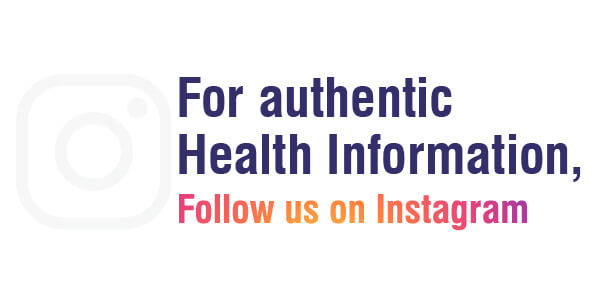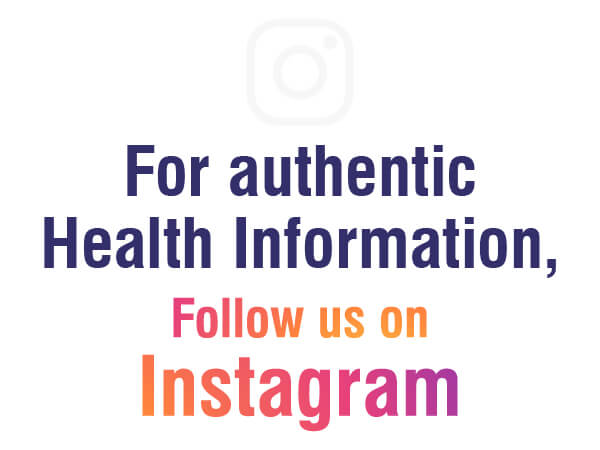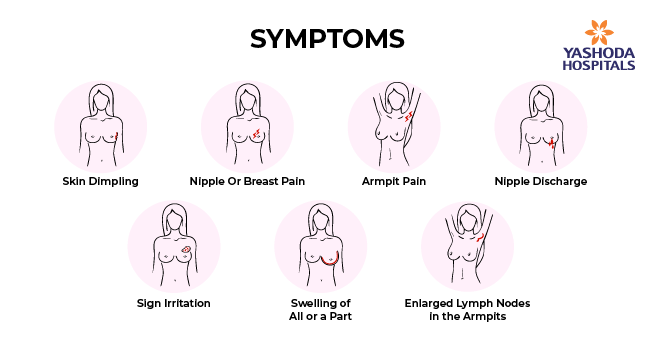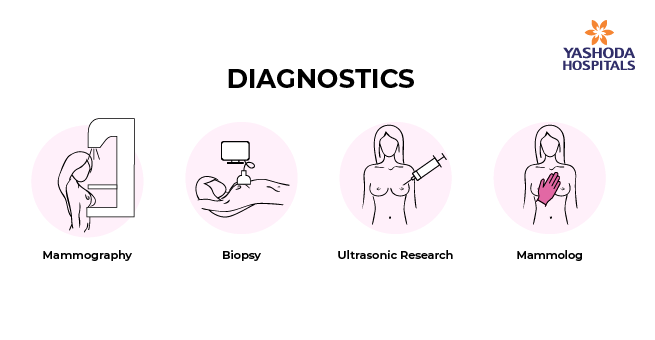Voice Against Breast Cancer: Let’s Act Now for a Healthier Tomorrow

October is not just the month of falling leaves and pumpkin spice lattes; it’s also Breast Cancer Awareness Month which aims to educate, raise awareness, and encourage early detection of breast cancer. Breast cancer is a type of cancer that begins in the cells of the breast which can occur in both men and women, although it is more common in women. The disease occurs when abnormal cells in the breast grow and multiply, often forming a lump or mass. These cancerous cells can then spread to other parts of the body if left untreated.
Root Causes of Breast Cancer
While the exact causes of breast cancer are not fully understood, several risk factors have been identified, including:
- Genetics: A family history of breast cancer can increase your risk.
- Gender: Women are more likely to develop breast cancer.
- Age: The risk of breast cancer increases with age.
- Hormonal Factors: Hormone replacement therapy, early menstruation, and late menopause can affect your risk.
- Lifestyle Factors: Smoking, excessive alcohol consumption, and obesity are also associated with increased risk.
Types of Breast Cancer and Warning Signs
- Ductal Carcinoma in Situ (DCIS): A non-invasive type confined to the milk ducts, often detected through mammograms. If left untreated, it can progress to invasive breast cancer.
- Invasive Ductal Carcinoma (IDC): The most common type of invasive breast cancer, where cancer cells break through duct walls and invade surrounding breast tissue, potentially spreading to lymph nodes and other parts of the body.
- Invasive Lobular Carcinoma (ILC): Begins in the milk-producing glands (lobules) and is less common than IDC. It may be harder to detect on imaging studies due to its distinct growth pattern.
- Inflammatory Breast Cancer: A rare and aggressive form that doesn’t form a lump but causes the breast to appear swollen, red, and inflamed. It progresses rapidly and is often diagnosed at an advanced stage.
- Triple-Negative Breast Cancer: Lacks hormone receptors (estrogen, progesterone) and HER2 protein overexpression. This type is more challenging to treat and often requires chemotherapy and alternative approaches due to its unresponsiveness to hormonal therapies or HER2-targeted medications.
Warning signs and symptoms of breast cancer include:
- A lump or thickening in the breast or underarm area.
- Changes in the size, shape, or appearance of the breast.
- Unexplained pain in the breast or nipple.
- Skin changes on the breast, such as redness, dimpling, or puckering.
- Nipple discharge, other than breast milk, including blood.
- Inverted or retracted nipples.
- Swelling or a lump in the underarm area.
- Changes in the texture or color of the breast skin.
- Persistent itching of the breast.
When to Screen And When to Visit Your Doctor
Screening for Breast Cancer: Women aged 40-44 can choose to begin annual mammograms, while those aged 45-54 are strongly recommended to have annual mammograms. Women aged 55 and older can opt for mammograms every two years or continue with annual screenings based on their personal preference and discussions with their healthcare provider.
When to Consult Your Doctor: Regardless of your age or risk profile, it’s crucial to visit your doctor if you notice any unusual changes in your breasts, such as lumps or masses in the breast or underarm area, pain or discomfort in the breast, changes in breast skin (redness, dimpling, or puckering), or changes in the nipple (discharge, inversion, or scaling
Are you taking steps to protect your breast health? Learn about the root causes, types, and warning signs of breast cancer.
Diagnostics for Breast Cancer:
Mammography and ultrasound are two common imaging techniques used in breast cancer screening and diagnosis. While mammography is the primary tool for breast cancer screening, ultrasound is often used as a complementary method to provide additional information.
Mammography:
- Mammograms are like X-rays for the breasts.
- Women stand in front of a machine, and their breasts are gently squeezed to take pictures to find any unusual lumps or spots.
- Mammography is excellent for finding breast cancer early, even before any symptoms appear.
Ultrasound:
- Ultrasound uses sound waves, not X-rays, to create images of the breast tissue. It’s safe and painless.
- A gel is applied to the breast, and a handheld device is moved over the skin.
- Ultrasound helps doctors see the inside of the breast and evaluate any suspicious areas.
Both mammography and ultrasound are crucial for catching breast cancer early, which increases the chances of successful treatment. It’s important for women to have regular screenings, and these tests are part of that routine.
Prevention and Precautions for Breast Cancer
- Self-Exams: Regularly check your breasts for any lumps or changes.
- Clinical Exams: See your healthcare provider for breast exams.
- Mammography: Follow recommended mammogram guidelines.
- Healthy Lifestyle: Eat well, exercise, limit alcohol, and maintain a healthy weight.
- Family History: Know your family’s breast cancer history.
- Education: Stay informed about breast cancer risk factors and symptoms
References:
- Breast Cancer Screening: https://www.cdc.gov/cancer/breast/basic_info/screening.htm
- Breast Cancer: https://www.acog.org/clinical/clinical-guidance/practice-bulletin/articles/2017/07/breast-cancer-risk-assessment-and-screening-in-average-risk-women
- Causes and symptoms https://www.mayoclinic.org/diseases-conditions/breast-cancer/symptoms-causes/syc-20352470
























